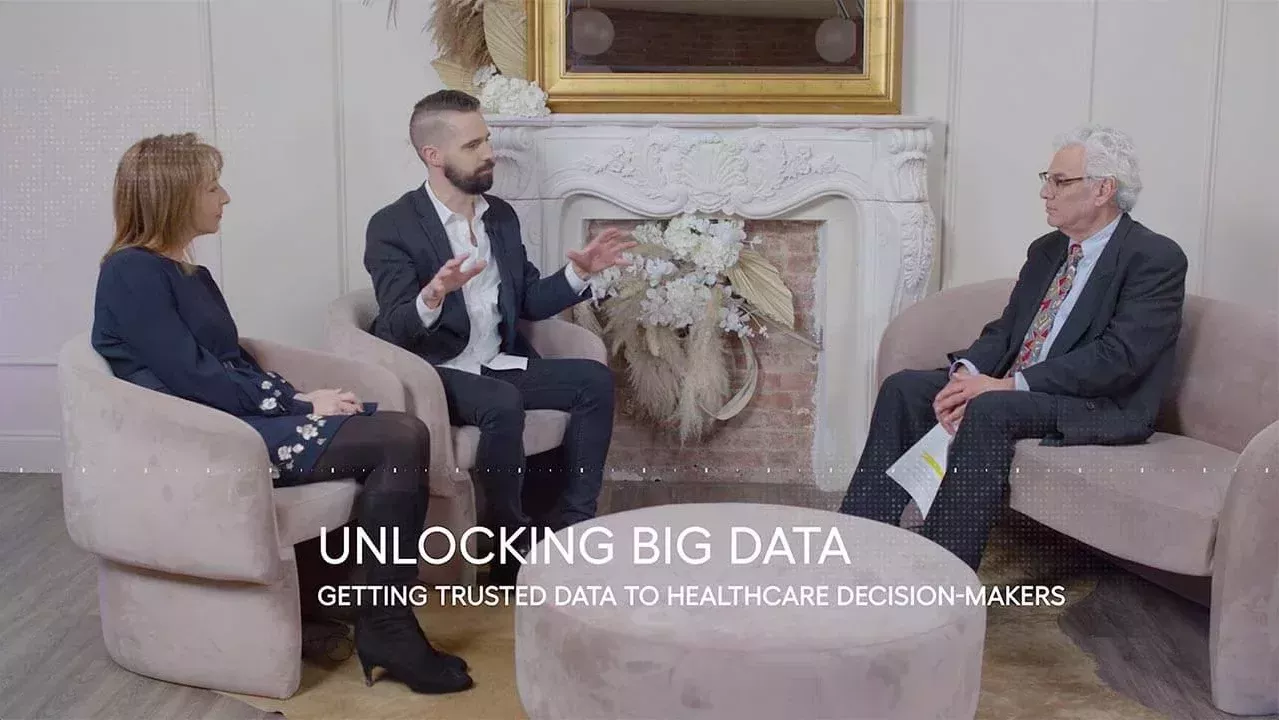Challenges to adopting new workflow solutions
Adopting new workflow solutions has become a crucial strategic priority for healthcare organizations. The ability to leverage data analytics platforms effectively can provide valuable insights and drive positive outcomes in both clinical and operational aspects. However, healthcare leaders face several challenges in implementing and training for new technologies.
This article will delve into key insights from Unlocking Big Data, Episode 2 by industry experts Tina Esposito, Senior Vice President and Chief Data Officer at Advocate Health, and Nick Stepro, Chief Product and Technology Officer at Arcadia. In this episode, they discuss challenges to adopting new workflow solutions and strategies to overcome them.
Narrowing the focus for success
One of the biggest challenges healthcare organizations face when adopting new workflow solutions is taking on too much at once. Nick Stepro emphasizes the importance of starting small and focusing on specific areas for improvement.
He advises healthcare leaders to keep it small to start. “Pick a focus, have some small wins and some big bets, and blend them so you get a little bit of momentum early, but you're still anchored on some of the biggest transformational outcomes as an organization."
Tina Esposito agrees with Stepro's approach. Esposito highlights that adopting new workflow solutions should be viewed as a strategy enabler rather than a standalone priority.
Esposito states, "As we think about an organization and its maturity to being data-driven, one of the things that becomes very important is that analytics is not a priority or a specific strategy, it really is a strategy enabler." By aligning the adoption of new workflow solutions with the organization's overall strategy, healthcare leaders can drive transformative change.
Embracing workflow solutions as catalysts for transformation
In the digital age, healthcare organizations need to embrace workflow solutions as catalysts for transformation. Stepro highlights this point, stating, "It's very much like a public utility model to some extent. You can't operate without the internet. If you're a healthcare organization that wants to be relevant in the next 10 years, it's that and." By recognizing the indispensable nature of workflow solutions, healthcare leaders can prioritize their adoption and ensure they are universally accessible to drive positive outcomes.
Esposito echoes Stepro's sentiment, stating, "Data should be ubiquitous, and analytics should be available to those that need it and desire it, either strategically or operationally." By democratizing data analytics and making it accessible to all stakeholders, healthcare organizations can unlock its full potential and drive meaningful change through workflow solutions.
Uncovering the impact of optimized workflows
Optimizing workflows can have a significant impact on the success of healthcare organizations. Esposito explains that when analyzing data inaccuracies, it often reveals underlying process or workflow issues.
Esposito states, "When you see a data inaccuracy, what that typically tells you is that there's some process or workflow that just isn't working." By addressing these root causes, organizations can improve data quality and enhance overall performance.
Stepro adds to this point, highlighting that optimizing workflows is not only about addressing data inaccuracies but also about streamlining processes. Stepro states, "Turning the problem statement to a reflection of the upstream processes that it drives the inaccuracy of information in and of itself is a business problem that has other cascading impacts beyond just the inaccuracy of the data itself." By optimizing workflows, healthcare organizations can achieve greater efficiency, reduce costs, and improve patient care.
Stepro also added that data inaccuracies often reveal broader issues within workflows and processes, and addressing these underlying issues is crucial for improving data quality and overall organizational performance. Stepro suggests, "We should be a little more strategic about our thresholds and fault tolerances of data and accuracy. If we can help coach business leaders to understand those fault tolerances and the applications of data and where you need perfection versus where you need good enough, I think we can move a lot faster as an industry."
Overcoming resistance to change
Change is often met with resistance, particularly in the healthcare industry where established workflows and clinician practices are deeply ingrained. Stepro believes that overcoming resistance starts with designing solutions with empathy and meeting each other where stakeholders are at.
Stepro notes, "I've observed there's antagonism between technologists and clinicians for some reason when we're both actually anchored on the same outcome." By bridging the gap between technologists and clinicians, organizations can develop solutions that meet the needs of all stakeholders and drive successful adoption.
Esposito emphasizes the importance of inclusivity in driving change, stating, "Get everyone at the table to get a consensus on the problem. If you don't incorporate that, then it could be the best solution ever but no one really buys into it." Esposito emphasizes the need to involve all stakeholders and ensure that everyone agrees on the problems to be addressed and the solutions to implement.
Stepro further suggests quantifying the problem to drive adoption and measure outcomes. Stepro states, "Do we agree that's a good idea? Yes, we agree. How many extra clicks does it take to do so? One extra click, an extra 5 minutes here, an extra 10 minutes there. Is the cost worth that outcome? And if you can quantify that, then you can anchor on pursuing it. None of it matters unless it works." By quantifying the benefits and costs of change, organizations can demonstrate the value of data-driven solutions and drive successful workflow adoption.
View more of the Unlocking Big Data series presented by HIMSS.




